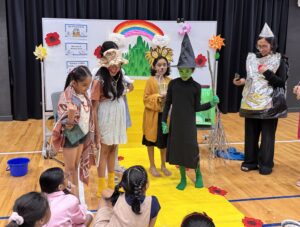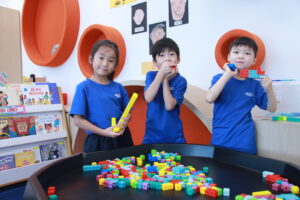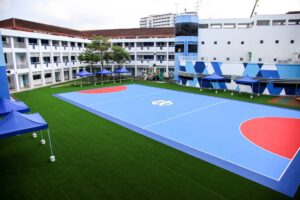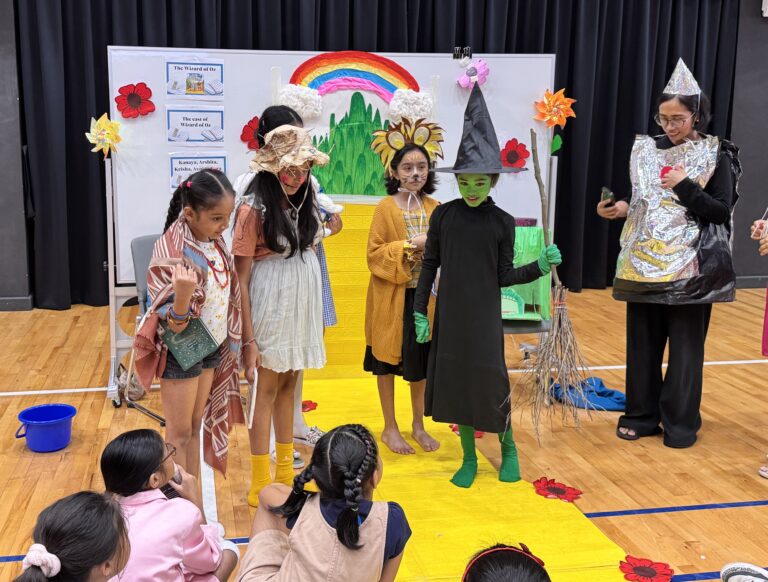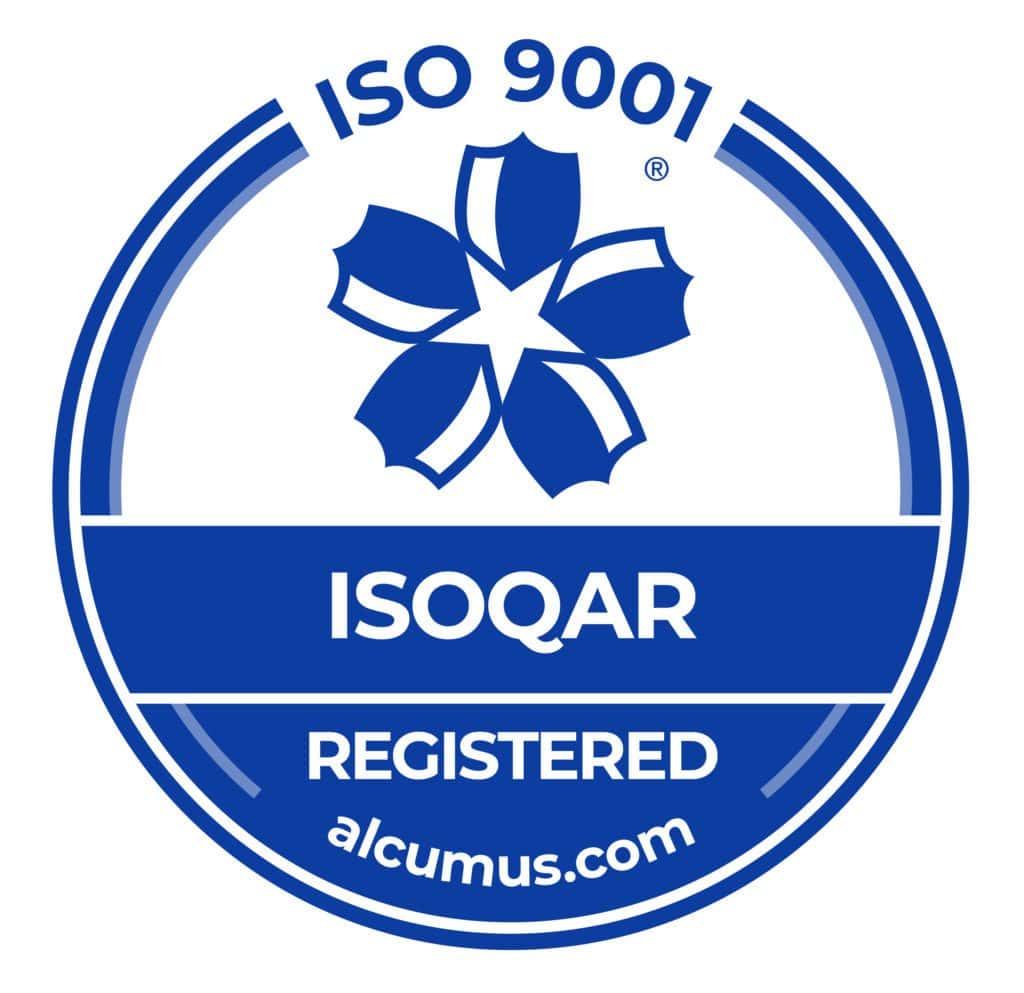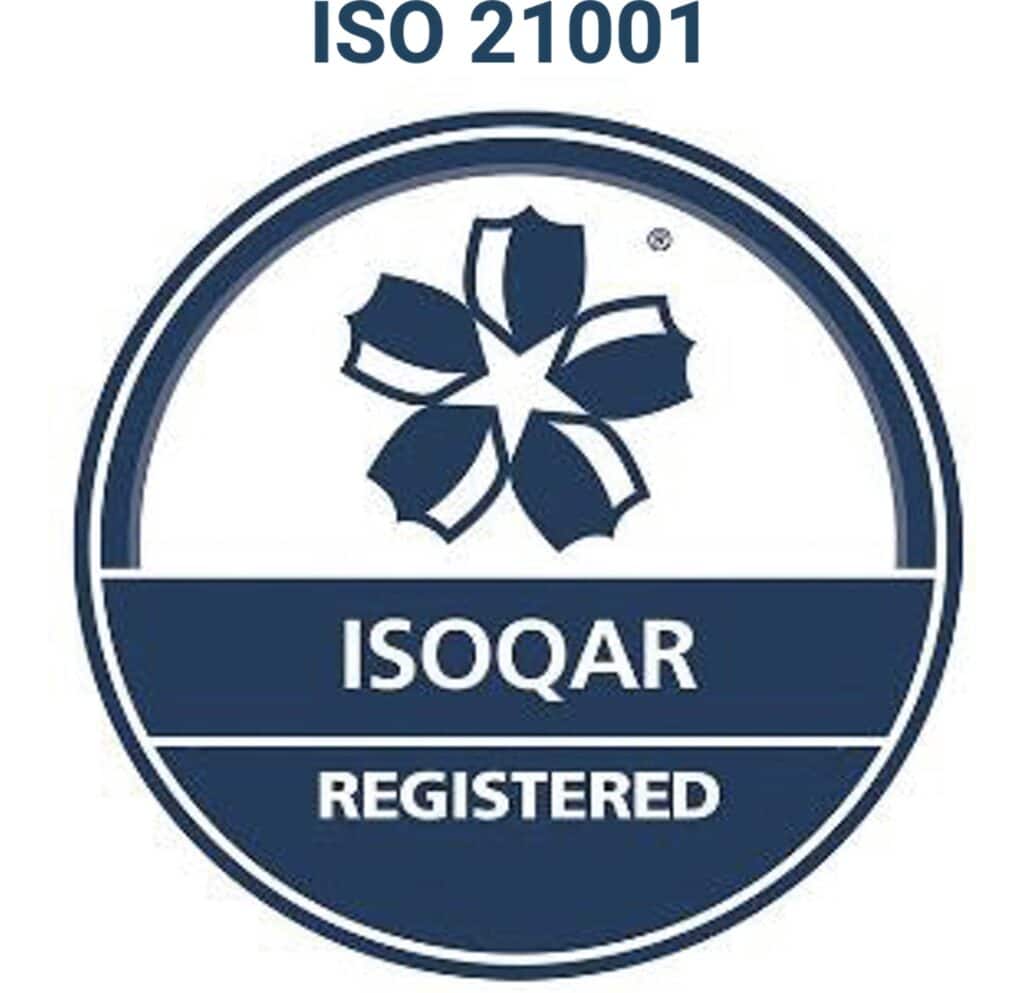One of the largest misconceptions about creativity is that most people think of it as a skill. However, creativity is not something that your child either has or doesn’t have. It is a method of operating or a way of thinking. Your child may already be creative or can become a creative child, regardless of where their academic strengths or personal interests lie. The key is allowing your child to be immersed in an environment where their creativity is nurtured rather than stifled.
Creativity can be defined as the ability to make something new and valuable by utilising concepts, ideas, experiences or imagination. In order to become creative, your child has to have opportunities for the same. Unfortunately, if your child is in a classroom that focuses on a highly structured approach to learning activities, your child may not have as many opportunities to be creative as you would like.
It is vital to select a school that will offer your child the opportunity to enjoy different learning experiences in a safe environment where they can make mistakes, take risks and develop their confidence. In this setting, your child’s creativity will be able to grow.

Killing Creativity in the Classroom: How Creativity is Stifled in Schools
- By emphasising the importance of evaluation. Naturally, children want to do well, and they want to be praised for their work. If the classroom teacher prioritises evaluation and end result over the thinking process as a whole, children in that class are going to be less likely to take risks. They will simply want to be evaluated well.
- By offering highly structured activities. When a teacher provides step-by-step instructions and specific examples, the students in the class are most likely going to follow their example closely. They will not create something that looks different or veers off course, which can limit their ability to use their imaginations and be creative.
- By highlighting and criticising mistakes. When mistakes are pointed out in front of others, children are often embarrassed or ashamed. As this is a negative experience, they are less likely to want to take risks or try something new again, for fear of being made fun of.
- By monitoring students’ progress excessively. While teachers should be providing students with some structure and guidance, it’s also important that children have the opportunity to take the lead. Excessive monitoring and hand-holding can minimise a student’s ability to think creatively.
In some cases, creativity is stifled in the classroom due to the methods that are being employed in that specific room. Depending on the method and reward system that is in place, students may not feel motivated to think outside the box. In other cases, creativity is stifled because students are not given the opportunity to take risks, or a child may feel too nervous about sharing their creative thoughts or be wary of the criticism that they may face.
Nurturing Creativity: How Teachers Can Help Students Become More Creative
.jpg)
While schools have to be careful to avoid stifling creativity, there are many ways that teachers can encourage creativity in the classroom setting, including:
- Creating open-ended activities.
- Allowing students to ask questions and enquire deeper.
- Making sure the classroom is a judgement-free zone.
- Avoiding comparing students to their peers.
- Giving students the freedom, space and time that they need to complete their work on their own.
- Assessing students without emphasising the result of the evaluation.
- Implementing low consequences for failure.
The OWIS Difference: How We Develop a Creative Environment
At OWIS, we actively work to develop a creative environment. These are a few of the steps that our administrators and teachers take to ensure that your child can express themselves, try new things and offer up innovative ideas:
- Our curriculum is based on an inquiry-led approach. Through our inquiry-led process, your child will have the opportunity to ask questions and engage in discussions with their peers to learn more about the topic at hand. This approach naturally leads to open-ended research and encourages curiosity in learners of all ages.
- We use provocations at the beginning of our units of inquiry. Provocations are an open-minded exercise that teachers often use when introducing a unit of inquiry within the classroom.
- We set up imaginative play stations in the classrooms for our younger students. Research has proven time and again that play is the work of childhood, and that students learn best by playing with their peers. We have imaginative play areas in our Early Childhood classrooms and our Primary School students have opportunities to engage in creative activities and projects.

- Student-led learning at One World International School Singapore means that students are given both time and space, as well as voice and choice in their daily activities. While there are structured learning activities and specific learning techniques as part of our curriculum, our teachers incorporate differentiated instruction into their classrooms where applicable. Differentiated learning allows students to benefit from the learning style that suits them most, and be creative when it comes to taking their learning experiences forward.
- Many activities that students complete in the Early Years and Primary School are formatively assessed as part of the curriculum, without the student preparing for the assessment. We do this so that students focus more on understanding the concept and applying it creatively instead of focusing on memorising and reproducing what they have learnt, and being judged on the same.
- Our teachers focus more on the learning process than the end result. By making the process of learning the top priority, our students learn to think creatively and try out new ways of getting to the end result. This is a skill they will carry with them throughout their lives.
Radek P., father of a primary student at OWIS, says, “We really like the IB-PYP curriculum offered and the fact that the school encourages creativity in students. My daughter’s feedback from the first day was extremely positive, and she said that her teacher is great!”
At OWIS, we encourage students to think creatively at every stage of their learning journey. Creativity plays an essential role in problem-solving, regardless of the situation, which is why our teachers strive to help students develop this trait. The creative abilities that your child develops during their school years will help them in their future career and life.
To learn more about the Early Childhood and Primary Years Programme at OWIS, contact us today to schedule a virtual tour.
Please note: The picture of OWIS students in this blog was taken in pre-Covid times.


